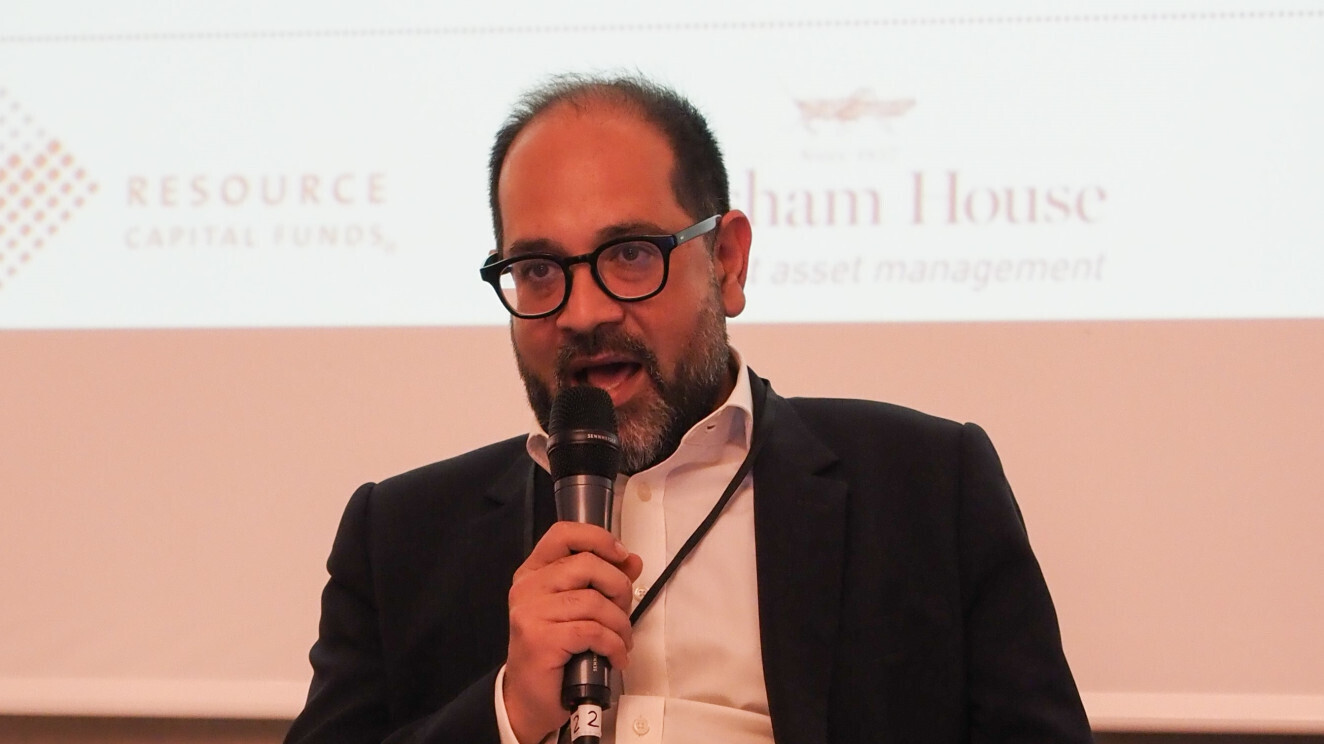
COP28’s ‘action agenda’ signposts five key areas of long-term investment opportunity
Imraan Mohammed, Climate Opportunities portfolio manager at Border to Coast examines why the COP28 pledges could offer significant tailwinds for the energy transition
COP28’s “action agenda” represents significant commitments to reducing global emissions. It signals climate related activity that’s hugely relevant to Local Government Pension Scheme (LGPS) investors, with their long-term investment horizons and responsible investment philosophy.
Further work is now needed to translate these commitments into the actions necessary to keep the 1.5°C target within reach, with a better enabling environment from policymakers, to support finance flows.
We outline five key areas where investors may have a role in delivering COP28 ambitions.
The “emissions gap”
The summit’s “action agenda” aims to reduce the 23 GtCO2e (gigatonnes of equivalent carbon dioxide) “emissions gap,” between the current emissions pathway and that recommended by the Intergovernmental Panel on Climate Change.
After accounting for approximately 4 GtCO2e from additional Nationally Determined Contributions (national climate action plans), confirmed at COP28, the “action agenda” commitments could displace a further 5 – 12 GtCO2e of additional emissions by 2030 according to the Energy Transition Council.
RENEWABLE INFRASTRUCTURE SUMMIT
12/03/24, London | Asset owner knowledge sharing & due diligence
Five key COP28 commitments
The major commitments behind these figures have the potential to provide significant tailwinds for investors with exposure to the energy transition, decarbonisation technologies and, to an extent, natural capital. These include:
- A trebling of global renewables capacity from ~3.5 terawatts (TW) in 2022, to ~11 TW by 2030
- A doubling of annual energy efficiency improvements between now and 2030
- Reaching gigatonne-scale capacity in Carbon Capture and Storage (CCS) by 2030
- Decarbonisation of key Heavy Industry sectors
- A variety of proposals around deforestation, food and agriculture
The renewables, energy efficiency and emissions reductions plans within the oil and gas sector are the most achievable, and would have the greatest impact – provided there are supportive supply-side policies, regulations and financial incentives.
Renewable energy
Trebling renewable generation capacity requires a 3x increase in wind capacity, a 5x increase in solar and some increase in hydro and geothermal according to estimates from sustainability advisory business Systemiq. They estimate that to achieve this, roughly 1,000 gigawatts of renewables will need to be installed annually until 2030.
As this will be additional build-out, significant expansion in the renewables generation market should be expected in the next 5 – 7 years. A parallel build-out of power grids will also be needed to support additional capacity, as will investments in the supply chain (particularly for wind).
Energy efficiency
A doubling of energy efficiency to reduce growth in demand is sought, opening up investment opportunities such as:
- Electrification – renewables, electric vehicles and heat pumps.
- Technical efficiency and efficiency of industrial processes – the energy used to produce every tonne of steel, cement or ammonia – is crucial to reduce industrial energy demand.
Decarbonisation of heavy industries
The increasing focus on abated production (reducing emissions from fossil fuel production by at least 90%) from oil & gas companies is expected to have a positive impact on carbon capture and storage technologies. Deployment is far below the gigatonne-scale capacity COP28 envisaged by 2030, which would require the sector to grow by 45% annually.
The Industrial Transition Accelerator was launched at COP28 to drive decarbonisation of key sectors including steel, cement, aluminium, shipping and aviation, chiefly by increasing demand for green products and building out their clean supply chains.
Natural capital
Recognition of the role that forests (and to an extent soil) can play in sequestering carbon, is increasingly in focus. In addition, agriculture and food production sectors must thrive in a more climate and nature-positive way (i.e. with reduced emissions intensity).
Over 130 countries signed a declaration to include emissions from agriculture and farming in their national climate plans, with leading food and agriculture organisations committing to regenerative and sustainable agriculture principles.
Additional commitment areas of investor interest
Given the breadth of the COP28 ambition, it’s worth noting further areas in which commitments were made, presenting potential opportunities for investors:
Hydrogen: Announcements around certification to aid adoption and global trade, and a commitment from the maritime sector to add fleet capacity fuelled by green hydrogen.
Nuclear: It was concluded nuclear plays an important role in the net zero pathway and a declaration to triple nuclear energy capacity by 2050 was signed by 22 countries including the UK. This will involve extending the life of existing reactors, enabling the scale up of Small Modular Reactors (SMRs) and increasing R&D spend on nuclear fusion.
Developing countries: A Loss and Damage Fund was established to support especially vulnerable countries dealing with the effects of climate change. India is also ramping up renewables’ efforts, through Adani Green Energy’s plans to invest an additional $22bn to quintuple capacity by 2030.
Global Climate Opportunities: The UAE announced a $30bn vehicle to invest globally in climate related opportunities. LGPS investors, pursuing long-term, responsible investment strategies, are sure to be exploring COP28 related opportunities to play a role in financing the transition to Net Zero while serving the needs of pension scheme members.




